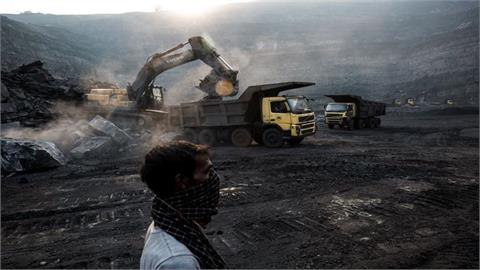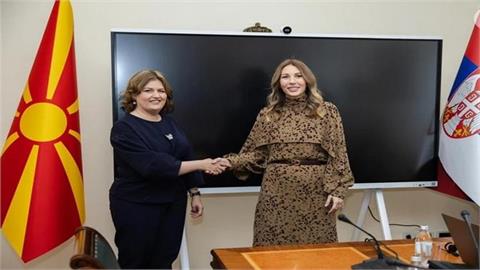In the global energy market, trade in the form of liquefied natural gas (LNG) rose by 72.6% over the last decade to 431 billion cubic meters, according to BP's Statistical Review of World Energy 2019 report. LNG trade, an alternative to pipeline trade in natural gas, has been increasing rapidly over the last 10 years.
Accordingly, in 2009, 249.7 billion cubic meters of natural gas trade took place in LNG form, while the amount of trade in this form in 2010 increased to 302.4 billion cubic meters, to 328.3 billion cubic meters in 2011 and to 324.9 billion cubic meters in 2012 . The rapidly constructed LNG terminals increased the share of natural gas trade in liquefied form.
In 2013, 326.8 billion cubic meters of gas was traded in LNG form. In 2014, this figure was recorded as 333.6 billion cubic meters, 337.1 billion cubic meters in 2015, 358.3 billion cubic meters in 2016 and 393.9 billion cubic meters in 2017. Last year, this amount was calculated as 431 billion cubic meters as natural gas trade through pipelines last year was around 805 billion cubic meters.
Thus, LNG trade in global energy markets rose by 72.6% over the last 10 years to 431 billion cubic meters. The share of pipelines in the global natural gas trade in the global market was 65%, while the share of LNG was 35% in 2018.
In the LNG trade of 431 billion cubic meters in total, Qatar made the most exports with 104.8 billion cubic meters. The highest amount of LNG imports came from Japan with 113 billion cubic meters. Russia was the country that sold the most natural gas through pipelines with 223 billion cubic meters. This country was followed by Norway with 114.3 billion cubic meters and Canada with 77.2 billion cubic meters.
Germany was the country that bought the most piped gas with 100.8 billion cubic meters. Germany was followed by the U.S. with 77.3 billion cubic meters and China with 47.9 billion cubic meters.
(Anadolu Agency)



